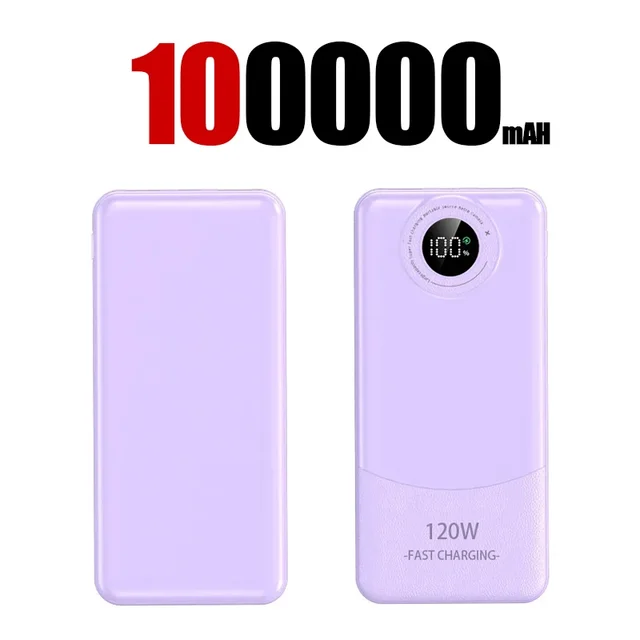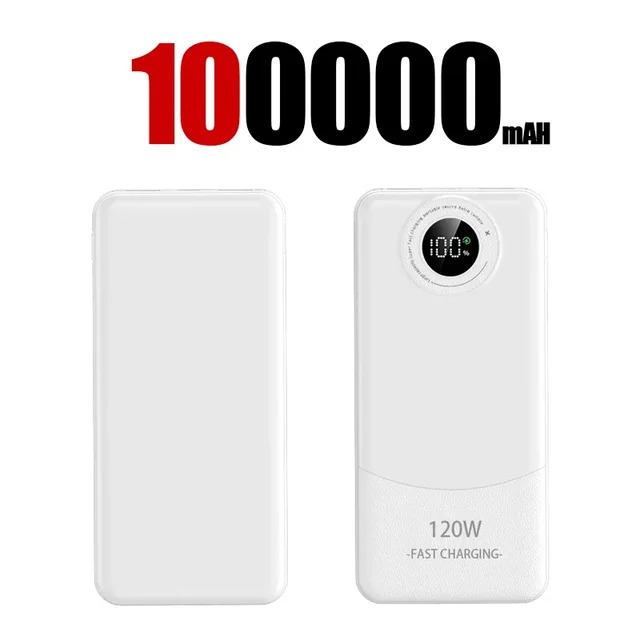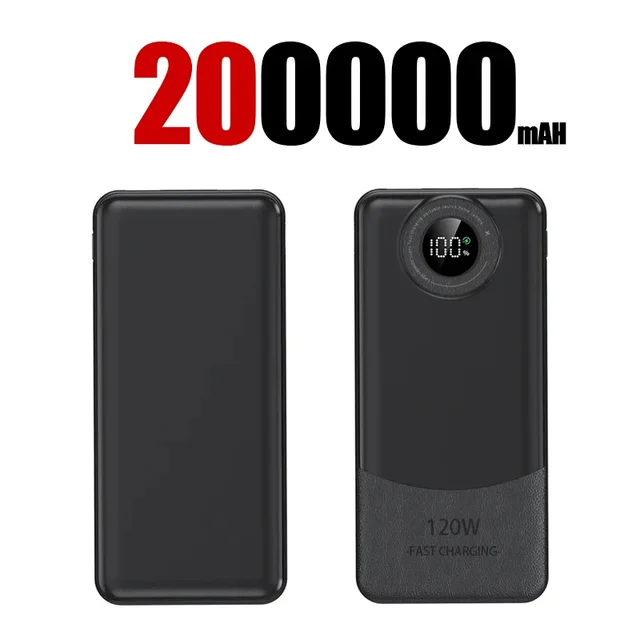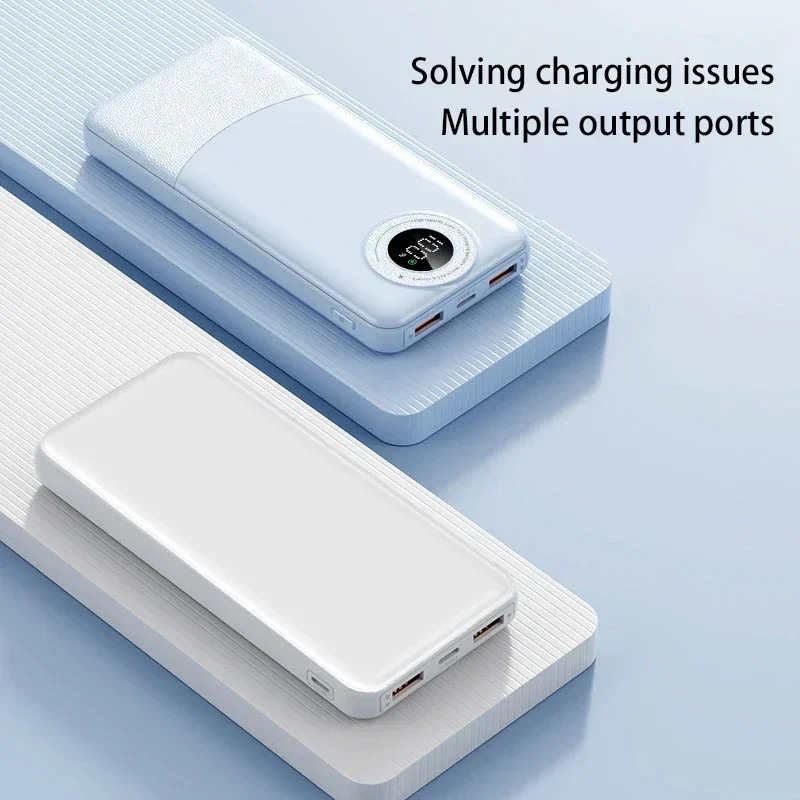Introduction to Power Banks
In our increasingly digital world, power banks have become indispensable accessories for keeping our devices charged on the go. Whether you’re traveling, attending meetings, or simply out and about, a reliable power bank ensures you stay connected without worrying about battery life. However, like any electronic device, power banks can encounter issues that may require a reset to restore optimal functionality. This guide will walk you through the steps to reset your power bank effectively, troubleshooting common problems along the way.
Understanding Power Bank Basics
Before diving into the reset process, it’s essential to understand the basic components and functionality of a power bank. Essentially, a power bank is a portable battery pack equipped with one or more USB ports for charging electronic devices such as smartphones, tablets, and laptops. It stores electrical energy that can be used to recharge devices when an outlet is unavailable. Power banks come in various capacities measured in milliampere-hours (mAh), which determine how many times they can charge your device before needing a recharge themselves.

Why Reset Your Power Bank?
Resetting your power bank can resolve several common issues, such as:
- Charging Problems: If your power bank isn’t charging your devices as expected or not charging at all, a reset might help resolve connectivity issues or internal software glitches.
- Overheating Issues: Over time, power banks can heat up during charging or usage, which might affect their performance. A reset can sometimes alleviate overheating problems by recalibrating internal sensors.
- Battery Drainage: If you notice that your power bank is losing charge quickly or not holding its charge effectively, a reset could recalibrate the battery management system to improve performance.
- Software Glitches: Like any electronic device, power banks can occasionally experience software glitches that affect their operation. Resetting can clear these glitches and restore normal function.
Preparing to Reset Your Power Bank
Before proceeding with the reset, take these preparatory steps:
- Check Manufacturer’s Instructions: Review the user manual or visit the manufacturer’s website for specific instructions on resetting your power bank model. Different models may have varying reset methods.
- Ensure Safety: Disconnect any devices connected to the power bank and ensure it is not charging or connected to a power source during the reset process to avoid potential electrical hazards.
- Backup Important Data: If your power bank has additional features or settings that could be reset, such as LED indicators or power-saving modes, take note of any custom settings before resetting.
Resetting Your Power Bank: Step-by-Step Guide
Follow these steps to reset your power bank:
- Locate the Reset Button: Many power banks have a small reset button that may be recessed to prevent accidental activation. It’s typically located near the charging ports or on the side of the device.
- Press and Hold the Reset Button: Using a small, pointed object such as a paperclip or pin, press and hold the reset button for 10-15 seconds. Be sure to apply steady pressure to ensure the reset is initiated correctly.
- Release the Reset Button: After holding the reset button for the specified duration, release it. The power bank may restart automatically, or you may need to press the power button to turn it back on.
- Monitor the Power Bank: Observe any LED indicators or display screens on your power bank to ensure it restarts without issues. It may take a few moments for the device to boot up completely.

Post-Reset Checks and Troubleshooting
After resetting your power bank, perform the following checks:
- Test Charging Functionality: Connect a device to the power bank and verify that it charges correctly. Ensure the connection is secure and that the device recognizes the charging current.
- Monitor Temperature: Keep an eye on the temperature of the power bank during charging or usage. If overheating persists after the reset, discontinue use and consult the manufacturer for further assistance.
- Check Battery Life: Assess how long the power bank holds its charge compared to before the reset. Ideally, a reset should optimize battery performance and extend its lifespan.
- Contact Support if Needed: If the reset does not resolve your power bank’s issues or if you encounter new problems, contact customer support for guidance. Provide details about your model and the specific issue you’re experiencing.
Maintenance Tips for Your Power Bank
To keep your power bank in optimal condition:
- Regular Use: Periodically charge and discharge your power bank to maintain battery health. Avoid leaving it unused for long periods, as this can affect its capacity.
- Avoid Extreme Temperatures: Keep your power bank away from direct sunlight, heat sources, or extremely cold environments, as these can impact battery performance.
- Store Properly: Store your power bank in a cool, dry place when not in use. Avoid storing it fully discharged or fully charged for extended periods.
- Update Firmware: If your power bank supports firmware updates, check for updates periodically and follow manufacturer instructions to keep it up to date.
Additional Tips for Troubleshooting Power Banks
1. Check Charging Cable and Devices:
Sometimes, the issue may not lie with the power bank itself but with the charging cable or the device you’re trying to charge. Try using a different cable or connecting a different device to isolate the problem.
2. Inspect Charging Ports:
Ensure that the charging ports on both the power bank and the device are clean and free from dust or debris. Use compressed air or a soft brush to clean them gently if necessary, as dirt can interfere with charging.
3. Verify Power Bank Capacity:
Make sure that the power bank’s capacity is sufficient for the device you are charging. If your power bank has a lower capacity, it may not be able to fully charge larger devices.
4. Avoid Fast Charging Issues:
If your power bank supports fast charging, ensure that your device is compatible with the fast charging protocol supported by your power bank. Using incompatible fast charging protocols can lead to issues.
5. Monitor Battery Age and Usage:
Over time, the battery in your power bank may degrade, resulting in reduced capacity and performance. If you’ve had your power bank for a long time and notice significant issues, it may be time to consider replacing it.
6. Reset Settings and Firmware Updates:
Apart from a physical reset, some power banks may have additional settings that can be reset or updated through firmware updates. Check the manufacturer’s website or user manual for any available updates.
Common Power Bank Issues and Solutions
1. Battery Not Charging Properly:
- Solution: Ensure the power bank is fully charged before use. If the issue persists, try using a different charging cable or port. Clean the ports with compressed air or a soft brush to remove dust and debris.
2. Overheating During Use:
- Solution: Avoid using the power bank in direct sunlight or hot environments. Allow it to cool down between uses and consider reducing the number of devices being charged simultaneously.
3. Short Battery Life:
- Solution: Charge your power bank regularly, even if not in use, to maintain battery health. Avoid leaving it fully discharged for extended periods. If the issue persists, consider replacing the power bank if the battery has degraded significantly.
Conclusion
Resetting your power bank is a straightforward process that can help resolve common issues and optimize performance. By understanding how to reset your power bank and following the steps outlined in this guide, you can ensure that your power bank continues to provide reliable charging whenever and wherever you need it. Remember to always refer to the manufacturer’s instructions and seek professional assistance if problems persist after resetting. With proper care and occasional resets, your power bank will serve you well for years to come.


